1. Fort Liberty (formerly Fort Bragg) – North Carolina
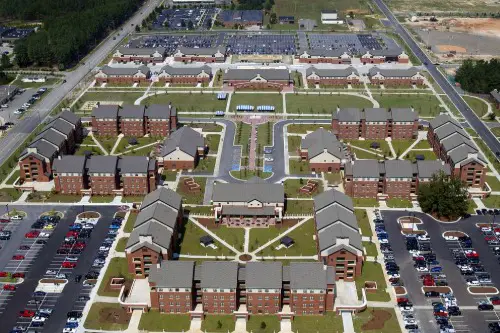
Fort Liberty isn’t just big—it’s a sprawling military metropolis. Covering 300 square miles, according to Roy Parker Jr. from NCpedia, it’s one of the largest military installations in the world by population. It houses tens of thousands of active-duty personnel, plus their families, and is home to the U.S. Army’s Airborne and Special Operations Forces. The base is so massive that it spans multiple counties and has several ZIP codes to cover its territory.
Life on Fort Liberty feels like living in a self-contained city, with its own schools, shopping centers, and even its own fire and police services. With so many people living and working there, having distinct postal zones makes things a whole lot smoother. It’s not just about mail—it’s about keeping one of the Army’s most critical bases running efficiently. When a base runs 24/7 operations, ZIP code organization becomes more necessity than luxury.
2. Fort Cavazos (formerly Fort Hood) – Texas
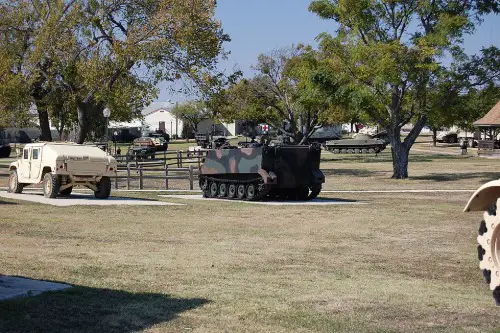
Located in central Texas, Fort Cavazos is absolutely enormous, according to Frederick L. Briuer from the Texas State Historical Association. It’s one of the largest active-duty armored military installations in the world. With a population that rivals a small city, the base has multiple ZIP codes just to manage the sheer volume of people and mail. Fort Cavazos supports over 36,000 soldiers and nearly 50,000 family members and civilian employees.
There’s practically a full ecosystem on base, including schools, a hospital, restaurants, and shopping facilities. It even has its own dedicated transportation services and housing areas divided into their own postal zones. With so much infrastructure packed into one place, the ZIP code situation had to keep up. Think of it as a military megacity hiding in plain sight.
3. Naval Station Norfolk – Virginia
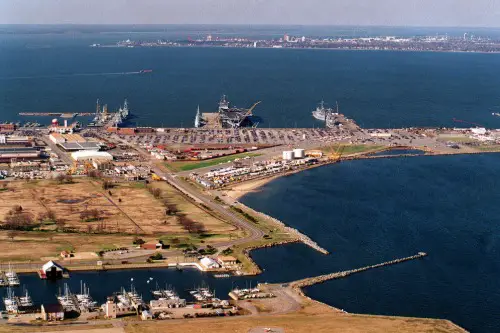
Naval Station Norfolk is the largest naval base in the world, and it definitely earns its ZIP code clout, according to Naval Technology. It covers over 6,200 acres and serves as the hub for the U.S. Navy’s Atlantic fleet. With more than 75 ships and 130 aircraft, the base needs its own internal systems—including multiple ZIP codes—to manage the daily logistics. Thousands of sailors, officers, and civilians call this base home.
It’s not just a port; it’s a full-blown community with its own rules and rhythm. The size and complexity of the operations here require precise organization, and that extends to mail and services. From barracks to airfields, Norfolk is constantly buzzing. If your city had that many planes, ships, and people in one place, you’d probably need a few extra ZIP codes too.
4. Joint Base Lewis-McChord – Washington
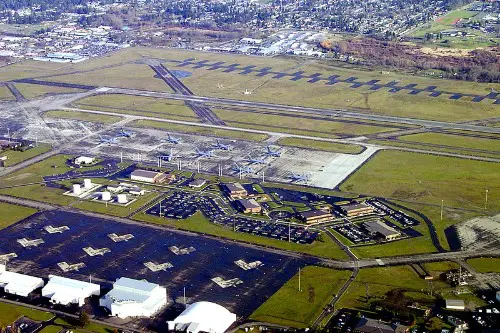
Located near Tacoma, Washington, Joint Base Lewis-McChord (or JBLM) is the largest military base on the West Coast, according to Military OneSource. It combines what used to be Fort Lewis and McChord Air Force Base into one massive installation. The base spans over 400,000 acres and supports more than 40,000 service members and civilians. With a footprint that large, it’s no surprise the base has multiple ZIP codes to keep everything in order.
The base plays a key role in both Army and Air Force operations, and its size supports a wide range of missions. There are entire neighborhoods within the base, along with schools, clinics, and even fast food joints. It’s basically a city under military management, where having separate ZIPs helps coordinate everything from housing to supply drops. If you get lost here, don’t worry—you’re not the first.
5. Fort Bliss – Texas
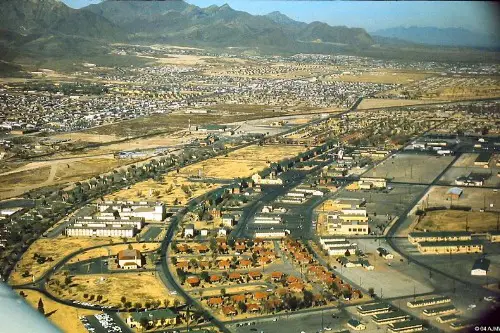
Fort Bliss is another Texas titan, covering more than 1,700 square miles of desert terrain. It borders El Paso and stretches into New Mexico, making it one of the largest military training areas in the U.S. The base is home to the Army’s 1st Armored Division and supports a huge range of testing and training operations. With its massive land area and population, multiple ZIP codes are a must.
Despite its dry desert location, Fort Bliss is incredibly active and complex. It has residential neighborhoods, retail areas, schools, and even its own airfield. Coordinating logistics across such a broad area wouldn’t be possible without finely tuned ZIP code zones. When your training grounds are bigger than some national parks, you need some serious infrastructure to keep things moving.
6. Fort Moore (formerly Fort Benning) – Georgia
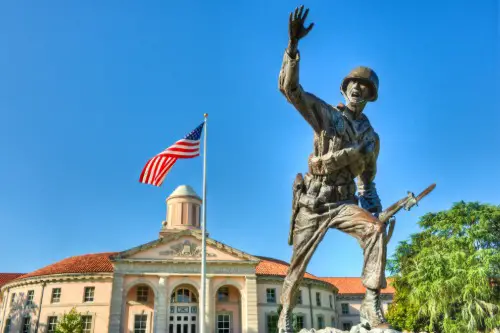
Fort Moore stretches across the Georgia-Alabama border and is home to the U.S. Army Infantry School, Airborne School, and Ranger School. The base covers about 182,000 acres and supports tens of thousands of troops, their families, and support personnel. It’s a critical training center, so there’s always a high turnover of people coming and going. With all that movement, distinct ZIP codes help everything stay on track.
The base itself feels like a college campus mixed with a small town—there are dorms, dining halls, sports facilities, and classrooms. Given its size and operational pace, Fort Moore is essentially a postal network of its own. Everything from incoming recruits’ letters to training manuals relies on having organized zones. It’s a place where precision matters, and that extends right down to the mailroom.
7. Eglin Air Force Base – Florida
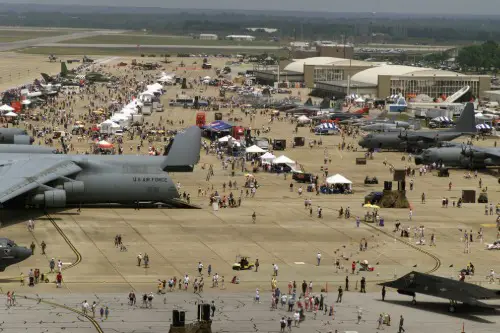
Located in the Florida Panhandle, Eglin Air Force Base is one of the largest Air Force installations in terms of land area. It spans nearly 725 square miles, including vast test ranges and wooded areas. Eglin is home to multiple missions, including weapons development and special operations support, and hosts a large number of civilian contractors. With so many distinct sections, its ZIP code situation is a logistical marvel.
The base has its own communities, retail areas, and medical facilities, and it’s surrounded by smaller outposts that fall under its jurisdiction. That kind of sprawl demands a postal system that can handle not just volume, but geography. When your base is the size of a small county, one ZIP code just won’t cut it. If you’re stationed here, chances are your work, your home, and your mailbox all exist in different zones.
8. Camp Pendleton – California
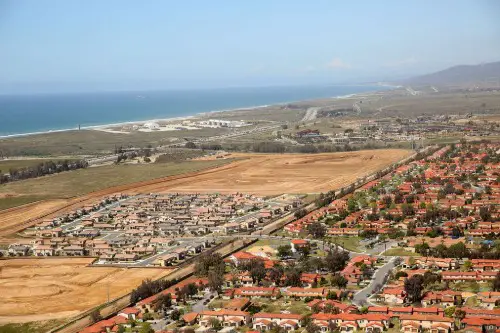
Camp Pendleton is a huge Marine Corps base on the Southern California coast, just north of San Diego. It covers over 125,000 acres and has miles of coastline, mountains, and training areas. With such varied terrain and numerous units stationed across the base, it operates like a string of connected neighborhoods. And yes, that means it needs more than one ZIP code to stay functional.
Camp Pendleton supports over 70,000 military and civilian personnel, plus visiting units and training exercises. It has its own housing, hospitals, and schools, not to mention beaches and even a golf course. The sheer complexity of daily life here calls for detailed infrastructure—including precise mail delivery. It’s a military hub with all the vibes of a coastal town (plus tanks and helicopters).
9. Fort Leonard Wood – Missouri
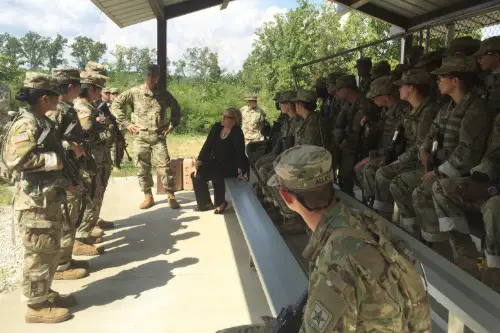
Tucked into the Ozark Mountains of Missouri, Fort Leonard Wood is home to the Army’s Engineer, Military Police, and Chemical Corps schools. The base spans about 62,000 acres and sees a huge flow of recruits, students, and permanent personnel throughout the year. That much human movement requires tight logistical controls, which means multiple ZIP codes to keep housing, training areas, and admin sections running smoothly. It’s less a single base and more a constantly shifting training complex.
Life on Fort Leonard Wood is busy and highly structured, with overlapping classes, graduation ceremonies, and deployments all happening at once. The base is so active, it has its own newspaper and media operations to keep everyone informed. There’s even a dedicated ZIP for mail delivery to trainees, so letters from home don’t get lost in the shuffle. If you’re looking for the Army’s beating heart of training, this is it.
10. Nellis Air Force Base – Nevada
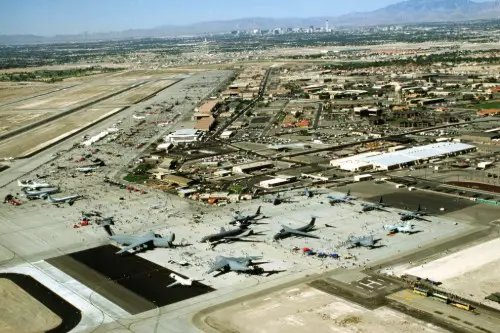
Nellis Air Force Base, located just outside Las Vegas, is best known for hosting the elite Air Force demonstration team, the Thunderbirds. But beyond the air shows, Nellis is a massive installation supporting some of the most advanced combat training in the world. It’s the central hub for the U.S. Air Force Warfare Center and includes over 11,000 square miles of training space in the nearby Nevada Test and Training Range. Unsurprisingly, it uses several ZIP codes to handle its complex footprint.
Nellis supports thousands of personnel and integrates seamlessly with both active-duty and reserve forces. It also plays host to Red Flag, a large-scale aerial combat exercise that brings in aircraft from all over the globe. With that kind of activity, the base needs precision coordination—including on the mail side of things. Whether you’re flying a fighter jet or delivering lunch, Nellis runs like clockwork.
11. Fort Campbell – Kentucky/Tennessee
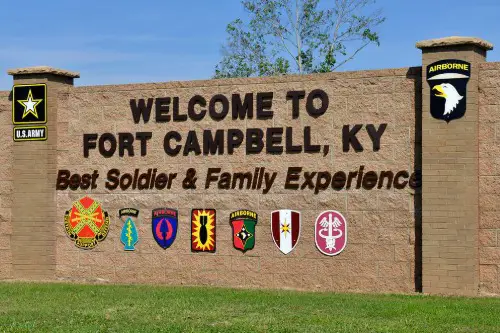
Fort Campbell straddles the border of Kentucky and Tennessee and is home to the legendary 101st Airborne Division. The base spans over 105,000 acres and is designed to handle rapid deployment and training for air assault missions. Its large-scale operations and high personnel turnover make multiple ZIP codes not just convenient, but essential. Housing, medical services, and training areas are all spread across its vast layout.
Because of its border-spanning nature, Fort Campbell functions almost like two bases in one. It’s equipped to deploy soldiers at a moment’s notice and has massive airfield operations to support that mission. The town of Clarksville, nearby, blends into the base’s footprint, but the internal systems still need their own structure. That’s where the ZIP code maze comes in handy—it’s the glue that holds all the movement together.
12. Joint Base San Antonio – Texas
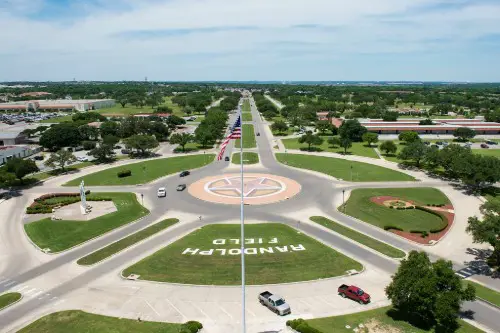
Joint Base San Antonio (JBSA) combines Fort Sam Houston, Randolph Air Force Base, and Lackland Air Force Base into one colossal operation. Together, they cover over 46,000 acres and serve as a central hub for medical training, pilot instruction, and basic military training. The base supports more than 80,000 personnel and has distinct ZIP codes for each former installation. It’s less of a base and more of a network.
The sheer variety of operations happening here makes organization a top priority. From Air Force recruits to seasoned Army medics, everyone has their own corner of JBSA—and their own mailing zone. The base also works closely with San Antonio’s civilian infrastructure, so having clear postal designations keeps things smooth. When a base wears this many hats, ZIP codes are the unsung heroes.


